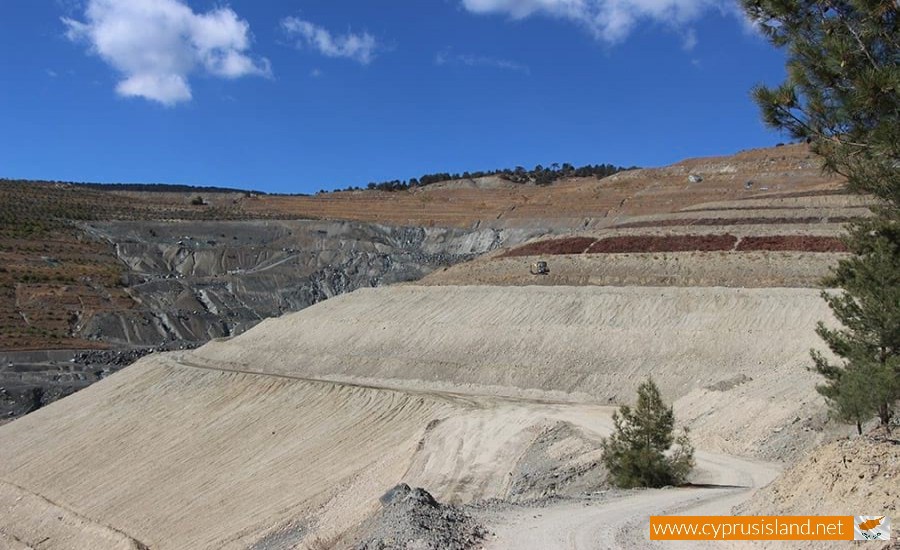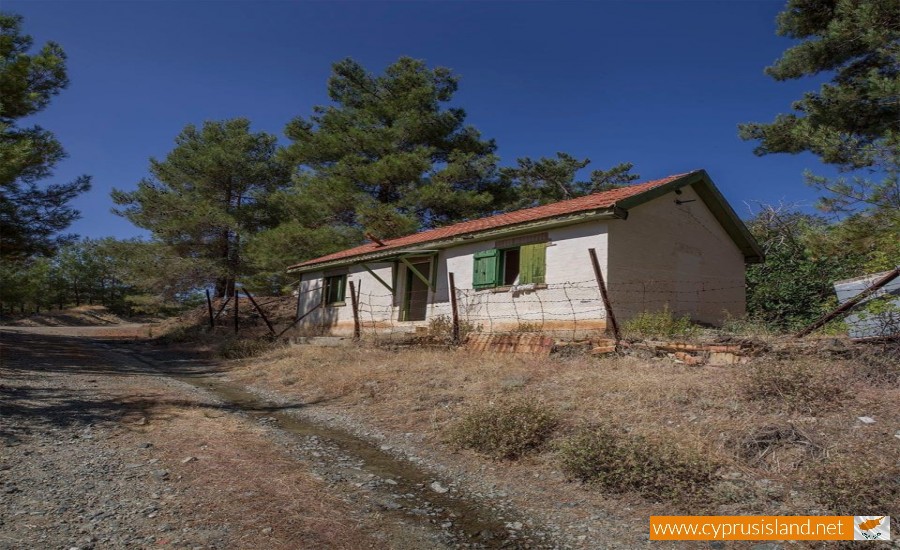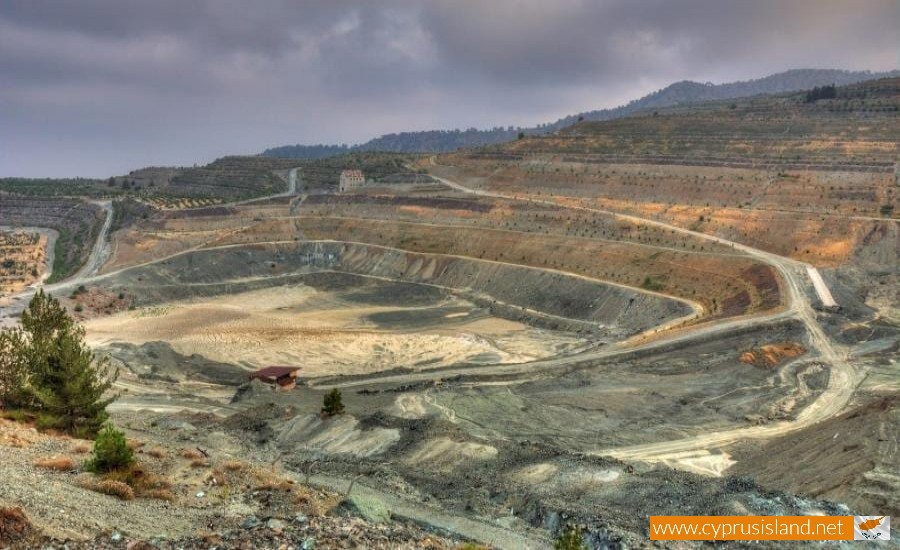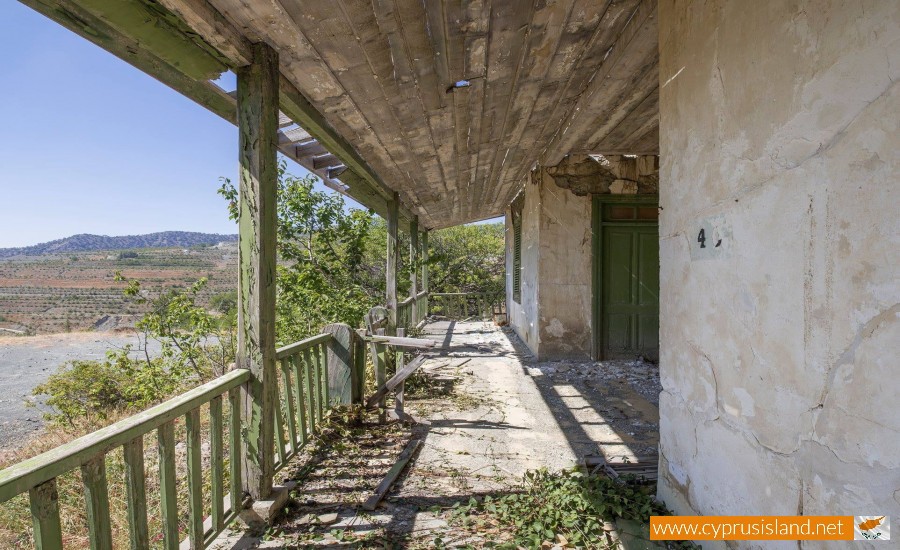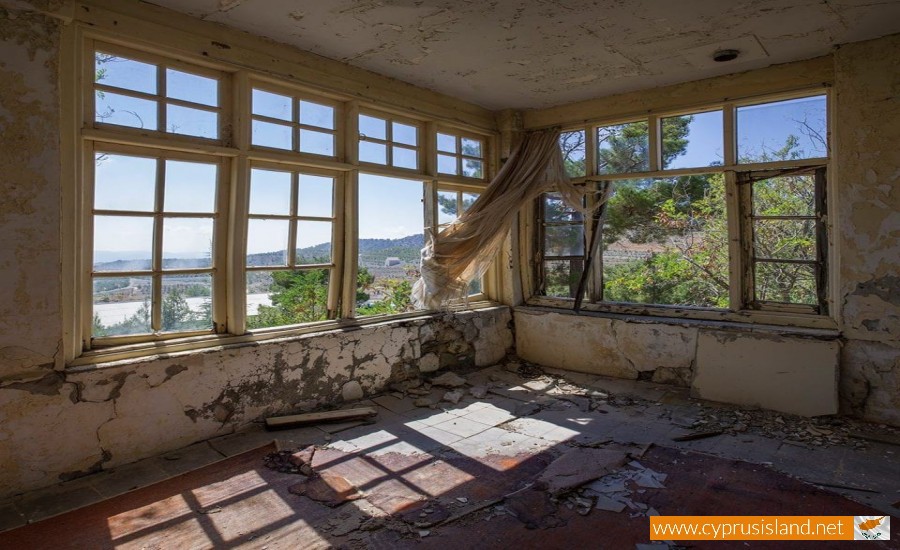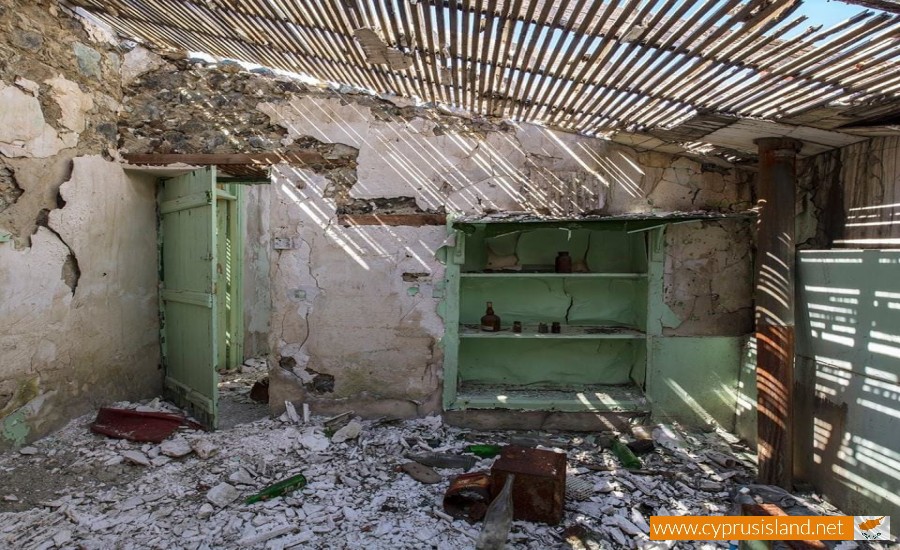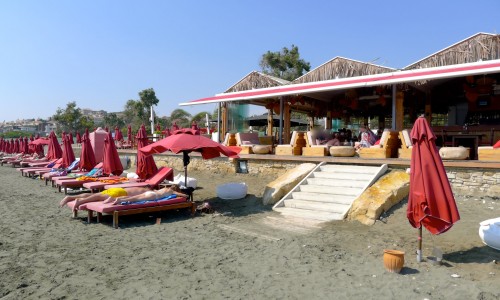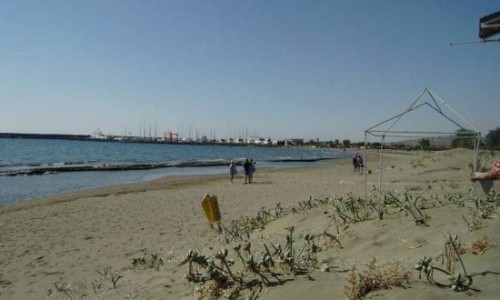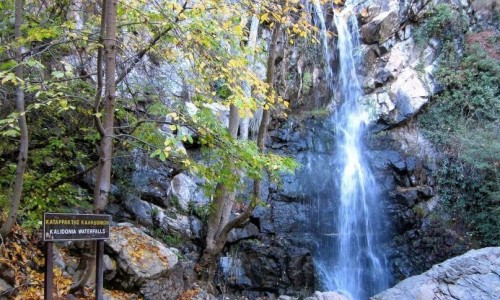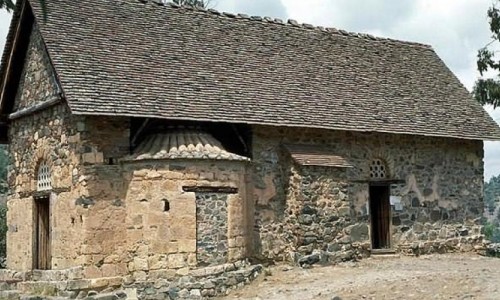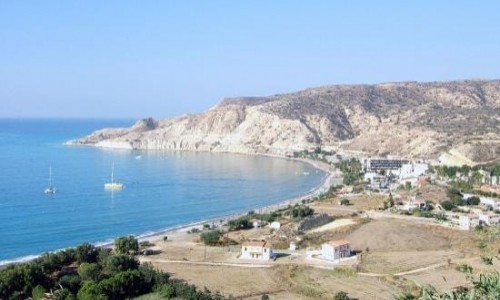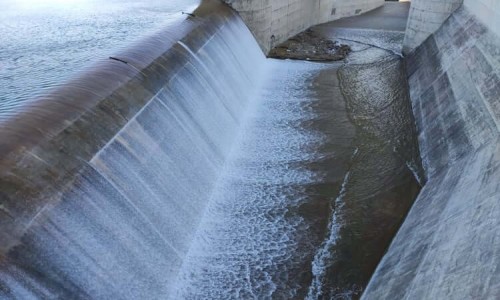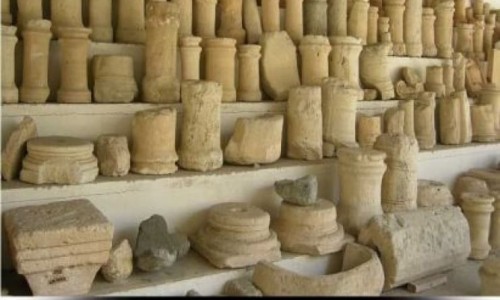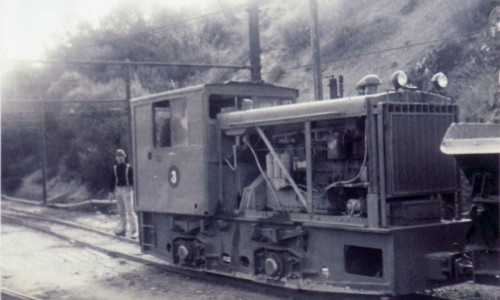Amiantos Mine, Limassol
In the verdant heart of the Troodos Mountain Range lies the Amiantos Mine, an open wound in the landscape that tells a tale of industrial vigor, economic prosperity, and environmental rejuvenation. Once the largest asbestos mine in Cyprus, Amiantos played a pivotal role in the island's economy, supplying the world with a material once dubbed 'white gold'.
Today, it stands as a stark reminder of the environmental and health impacts of asbestos mining, as well as a symbol of nature's resilience and the possibilities of ecological restoration.
The history of Amiantos Mine dates back to the early 20th century, when the demand for asbestos skyrocketed due to its use in construction, shipbuilding, and various industries for its fire-resistant properties. The mine became one of the island's most important economic activities, providing employment to thousands and contributing significantly to Cyprus' economy. However, the prosperity came with a cost. The health hazards associated with asbestos exposure became increasingly evident, leading to the mine's closure in the late 20th century.
The closure of Amiantos Mine marked the end of an era but also the beginning of a significant environmental restoration project. Recognizing the ecological damage caused by decades of mining activity, the Cypriot government, in collaboration with the European Union, embarked on an ambitious plan to rehabilitate the site. The project aimed to heal the scars left by the mining operations, restore the natural vegetation, and reintegrate the area into the surrounding forest landscape.
Today, the site of the Amiantos Mine is a testament to the power of ecological recovery. The once barren and desolate area has been transformed into a lush green space, with native trees, plants, and a thriving ecosystem. The rehabilitation project not only restored the natural habitat but also created a recreational area for the public, with walking trails, picnic spots, and informational boards that narrate the mine's history and the restoration efforts.
Visitors to the Amiantos Mine can explore the area through marked trails that offer breathtaking views of the Troodos Mountains and insights into the region's geological and botanical diversity. The site serves as an educational resource, illustrating the impact of human activity on the environment and the importance of sustainable practices.
The story of Amiantos Mine is a powerful reminder of the balance between economic development and environmental stewardship. It showcases the challenges of industrial activity, the consequences of neglecting the environment, and the potential for regeneration and harmony with nature. The mine's legacy is multifaceted, encompassing the rise and fall of an industry, the struggles of those who worked there, and the resilience of the natural world.
In conclusion, Amiantos Mine offers a unique glimpse into Cyprus' industrial past, the environmental challenges of mining, and the hopeful journey towards ecological restoration. It stands as a symbol of change, from exploitation to conservation, and serves as a compelling destination for those interested in history, nature, and the ongoing efforts to heal the planet's wounds.



